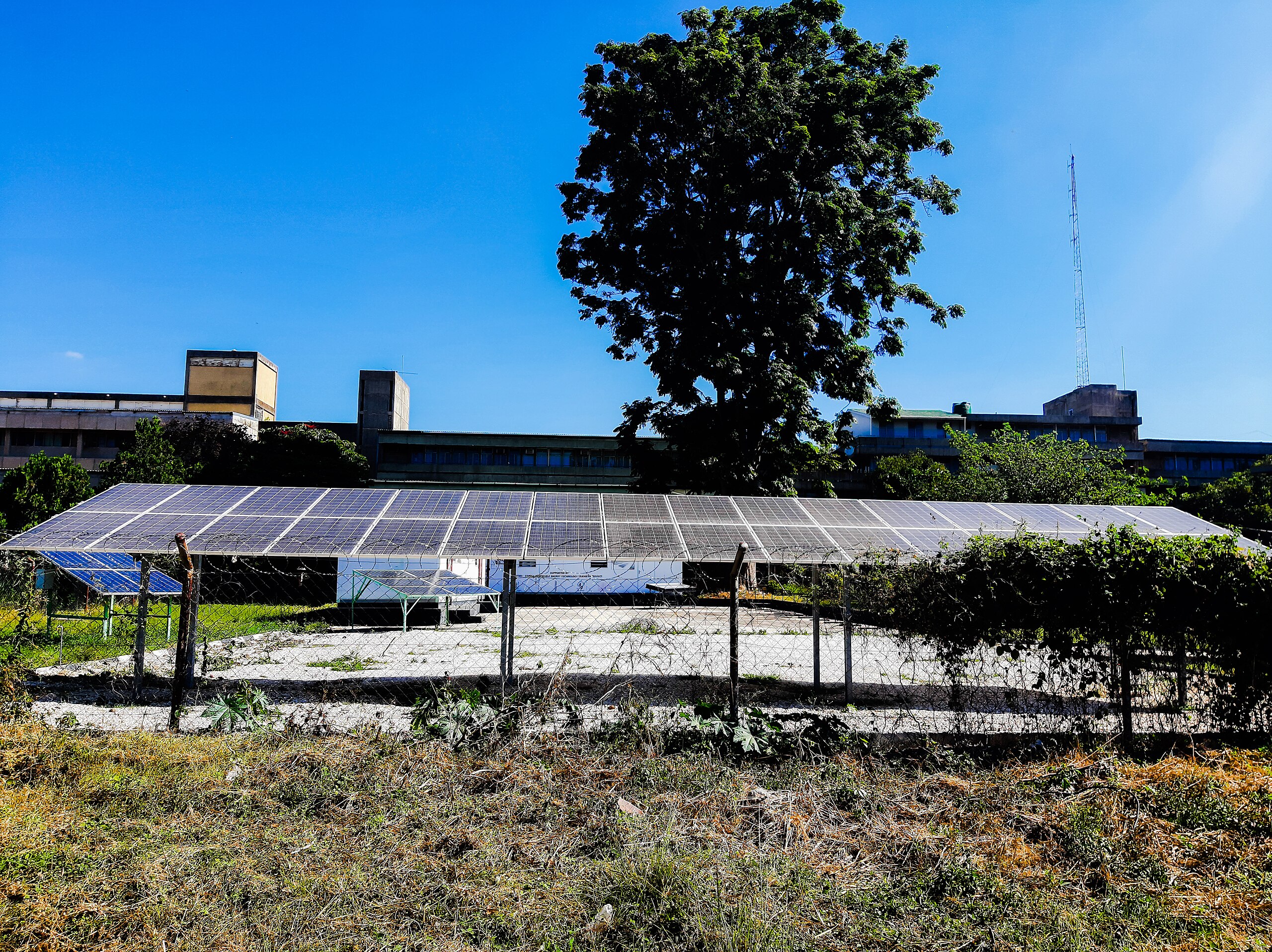
Unleashing the Potential of Solar Energy: A Sustainable Power Source
The quest for sustainable and renewable energy sources has gained momentum in recent years, with a growing awareness of the environmental impact of traditional energy methods. Among the various alternatives, solar energy stands out as a promising and abundant resource. This article explores the incredible potential of solar power and how it can be harnessed to meet our energy needs.
Harnessing Solar Energy: An Overview
Solar energy, derived from the sun’s radiation, is an incredible source of power that has the potential to revolutionize the way we generate electricity. The process involves capturing sunlight and converting it into electricity through various technologies. Solar power can be harnessed through photovoltaic cells, solar panels, or solar thermal systems, each with its unique method of harnessing the sun’s energy.
Photovoltaic Cells: Turning Sunlight into Electricity
Photovoltaic cells, commonly known as solar cells, are at the forefront of converting sunlight into electricity. These cells are made of semiconductor materials like silicon, which absorbs photons from sunlight. When sunlight strikes these cells, it generates an electric current through the photovoltaic effect. This direct conversion of sunlight into electricity makes photovoltaic cells a key player in the solar energy landscape.
Solar Panels: A Collective Effort for Power Generation
Solar panels are an assembly of interconnected photovoltaic cells designed to capture and convert sunlight into electricity on a larger scale. These panels come in various sizes and configurations, allowing for flexibility in deployment. Solar panels are commonly installed on rooftops, solar farms, and even integrated into building designs. Their versatility makes them an effective solution for both residential and commercial energy needs.
Solar Thermal Systems: Harnessing Heat for Energy
While photovoltaic cells focus on converting sunlight into electricity, solar thermal systems harness the sun’s heat for power generation. These systems use mirrors or lenses to concentrate sunlight onto a small area, creating intense heat. This heat is then utilized to produce steam, which drives turbines connected to generators, ultimately producing electricity. Solar thermal systems are particularly effective in areas with high solar radiation.
Advantages of Solar Energy: A Clean and Sustainable Choice
The adoption of solar energy comes with a myriad of advantages. Firstly, solar power is a clean and renewable energy source, producing minimal environmental impact compared to fossil fuels. Additionally, solar energy reduces dependence on finite resources and helps mitigate climate change by reducing greenhouse gas emissions. The decentralized nature of solar power also enhances energy security by diversifying the energy mix.
Challenges and Solutions: Overcoming Barriers to Solar Adoption
While solar energy presents a promising solution to our energy needs, there are challenges that must be addressed for widespread adoption. Issues such as intermittent sunlight and the high initial cost of solar infrastructure require innovative solutions. Advances in energy storage technologies, government incentives, and ongoing research are crucial in overcoming these challenges and making solar energy more accessible.
How to Convert Sunlight into Power: A Step Towards Sustainability
For those interested in exploring the practical aspects of converting sunlight into power, understanding the intricacies of solar technology is essential. To delve deeper into the subject, check out this comprehensive guide on “How to Convert Sunlight into Power.” This resource provides valuable insights into the latest developments in solar energy and practical tips for harnessing the sun’s power efficiently. Visit dataharza.my.id to access the guide and embark on the journey towards a more sustainable future.
Conclusion: Embracing Solar Power for a Brighter Tomorrow
As the world seeks cleaner and more sustainable energy solutions, solar power emerges as a beacon of hope. With continuous advancements in technology and increasing awareness of environmental concerns, the widespread adoption of solar energy is within reach. By understanding the various methods of harnessing sunlight and addressing challenges through innovation, we can transition towards a future where solar power plays a central role in meeting our energy needs.


